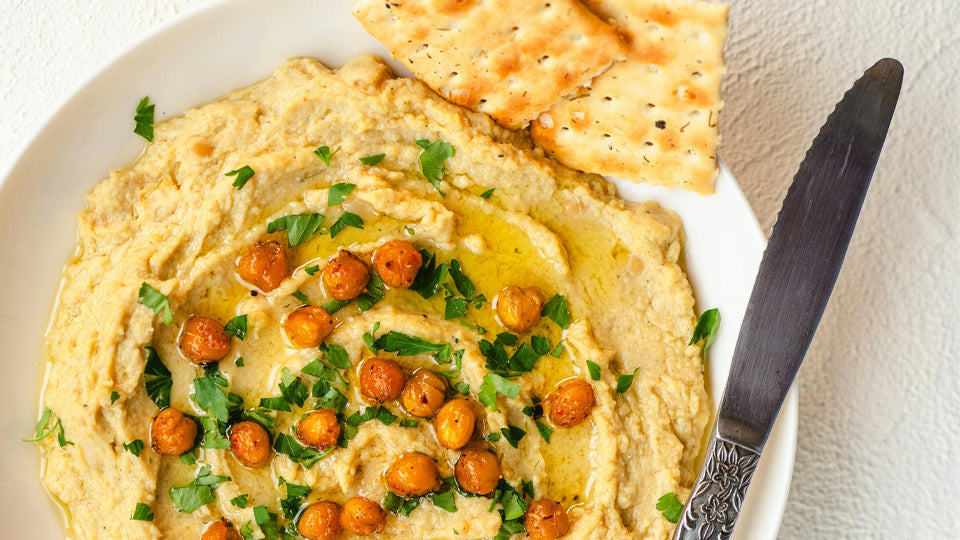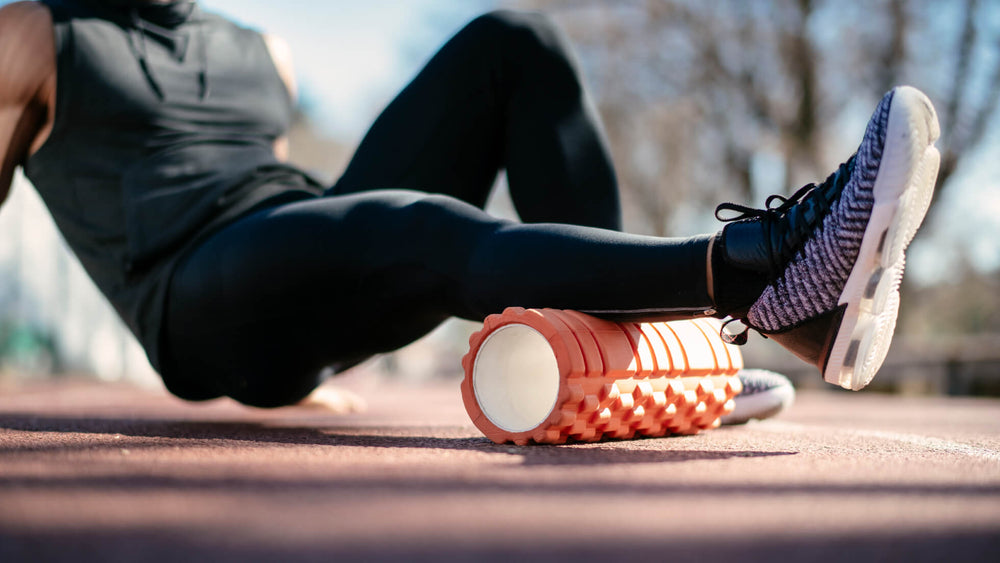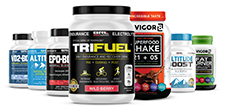Power-Packed Vegetarian Breakfasts for Double Training Days

When you're facing back-to-back long training sessions on the weekend, what you eat between workouts can make or break your performance. These vegetarian breakfast options deliver the perfect balance of carbs and protein to refuel from Saturday's effort while setting you up for success on Sunday. Each recipe serves 1–2 athletes and can be scaled up as needed.
1. The Ultimate Recovery Oatmeal Bowl
This isn't your average bowl of oats. We've supercharged this breakfast to deliver the ideal mix of complex carbs, protein, and healthy fats to jumpstart your recovery.
Base Recipe:
- 1 cup steel-cut oats
- 2 tablespoons chia seeds
- 1 scoop vanilla plant-based protein powder
- 1 banana mashed
- 1 tablespoon almond butter or peanut butter
- fresh berries
- cinnamon to taste
The key is preparing the oats the night before — this improves digestibility and saves precious morning time. The combination of oats and chia seeds provides sustained energy, while the protein powder and almond butter deliver about 25g of protein. The banana adds potassium for muscle recovery, and berries provide antioxidants to combat training-induced inflammation.
Timing tip:This sits well in the stomach and can be eaten 2–3 hours before your second workout.
2. High-Protein Quinoa Waffles
These waffles pack a serious nutritional punch while satisfying your craving for something special after a hard effort.
Recipe:
- 1 cup quinoa flour
- 1 scoop vanilla plant-based protein powder
- 1 mashed banana
- 2 flax eggs (2 tablespoons ground flaxseed + 6 tablespoons water)
- 1 cup plant-based milk such as almond milk
- 1 teaspoon baking powder
- 1 teaspoon vanilla extract
- pinch of salt
Top with greek yogurt or coconut yogurt, fresh fruit, and maple syrup. The quinoa flour provides complete protein and complex carbs, while the flax eggs add healthy omega-3 fats. Each serving delivers approximately 30g of protein and 60g of quality carbohydrates.
Make-ahead tip:Prepare the batter the night before and store in the fridge. Just give it a quick stir before cooking.
3. Mediterranean Tofu Scramble
This savory option proves you don't need eggs for a protein-rich breakfast scramble. The Mediterranean flavors offer a welcome change from sweet breakfast options.
Recipe:
- 1 block firm tofu
- a mixture of veggies such as 1 cup cherry tomatoes, and 2 cups baby spinach
- 1/4 cup crumbled feta cheese
- 1 tablespoon olive oil
- herbs (oregano, basil, thyme)
- salt and pepper to taste
- Serve with whole grain toast or pita.
Press the tofu for 10 minutes before cooking to remove excess moisture. The combination of tofu and feta provides about 25g of protein, while the vegetables offer important micronutrients. The healthy fats from olive oil and feta help with nutrient absorption.
Digestibility tip: If you're sensitive to soy, substitute the tofu with chickpea scramble using mashed chickpeas and turmeric for color.
4. Power-Loaded Smoothie Bowl
When you need something light but nutritious, this smoothie bowl delivers all the nutrients without weighing you down.
Base Recipe:
- 1 cup frozen berries
- 1/2 frozen banana
- 1 scoop plant-based protein powder
- 1 cup spinach
- 1 tablespoon hemp seeds
- 1 cup plant-based milk
- 1/2 cup coconut water
Toppings:granola, fresh fruit, pumpkin seeds, goji berries
The combination of fruits provides quick-digesting carbs for immediate energy, while the protein powder and hemp seeds ensure sustained satiety. The coconut water helps replace electrolytes lost during your first workout.
Timing tip: This is perfect for those who can't stomach solid food early in the morning or need something lighter between workouts.
Pre-Prep and Timing Strategies
The key to successful back-to-back training days lies not just in what you eat, but when and how you prepare it. Here's how to make these breakfasts work for your schedule:
Evening Prep:
- Measure and mix dry ingredients
- Prepare overnight oats
- Press tofu
- Freeze fruit for smoothies
- Set out cooking equipment
Morning Timing:
- 3+ hours before workout: Any of these options work well
- 2–3 hours before: Oatmeal or smoothie bowl
- 1–2 hours before: Stick to the smoothie bowl
- Less than 1 hour: Liquid nutrition might be your best bet
Nutritional Balance
Each of these recipes hits the sweet spot of 3:1 or 4:1 carb-to-protein ratio that's ideal for recovery and pre-workout fuel. They all provide:
- 25–30g protein for muscle recovery
- 60–75g complex carbohydrates for energy replenishment
- Healthy fats for satiety and nutrient absorption
- Essential micronutrients for overall health
Remember to adjust portions based on:
- Your body size and energy needs
- The intensity and duration of your workouts
- The time between sessions
- Your personal tolerance for different foods
These breakfasts prove that plant-based athletes can easily meet their nutritional needs without sacrificing taste or performance. Experiment with these options during training to find what works best for your body and schedule.
Take the next step in your training regimen: Try any BRL Sports supplement risk-free! If our natural nutritional products aren’t the best you’ve ever used, simply return your purchase for a 100% refund — no questions asked!
Also in Inspiration & Perspiration

High Altitude Supplements: Complete Guide to Training & Prevention (Altitude Sickness Solutions)
Support endurance and reduce altitude stress with supplements that improve oxygen efficiency, stamina, and recovery in high-altitude conditions.

Best Supplements For Runners: Complete Guide By Training Phase (Base, Peak, Taper & Race Day)
Discover the best supplements for runners by training phase—base, peak, taper, and race day—to boost endurance, recovery, and performance.

Creatine for Endurance vs. Sprint Efforts
Creatine isn’t just for power—learn how it boosts sprint speed, recovery, and endurance performance.


